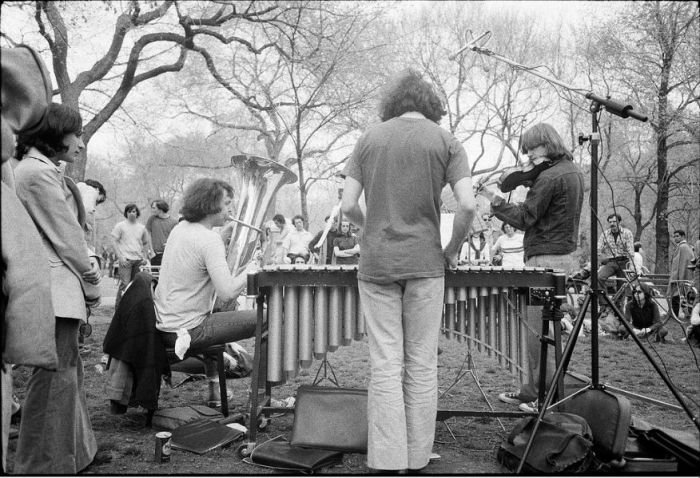|
|
History: Streets Of New York City, 1974, United States
|
US economic stagnation in the 1970s hit New York City particularly hard, as trading on the New York Stock Exchange fell while the city's welfare spending continued. The city neared bankruptcy during the administration of Mayor Abraham Beame but avoided that fate with the aid of a large federal loan. A statement by Mayor Beame was drafted and ready to be released on October 17, 1975, if the teachers' union did not invest $150 million from its pension funds in city securities. "I have been advised by the comptroller that the City of New York has insufficient cash on hand to meet debt obligations due today," the statement said. "This constitutes the default that we have struggled to avoid." The Beame statement was never distributed because Albert Shanker, the teachers' union president, finally furnished $150 million from the union's pension fund to buy Municipal Assistance Corporation bonds. Two weeks later, President Gerald R. Ford angered many New Yorkers by refusing to grant the city a bailout, a decision famously summarized by the New York Daily News headline "Ford to City: Drop Dead."
The New York City Blackout of 1977 struck on July 13 of that year and lasted for 25 hours, during which the city suffered heavy looting and civil unrest. Over 3,000 people were arrested, and the city's already crowded prisons were so overburdened that some suggested reopening the Manhattan Detention Complex that had recently been condemned.
A rare highlight was the opening of the mammoth World Trade Center complex in 1972. Conceived by David Rockefeller and built by the Port Authority of New York and New Jersey on the site of the Radio Row electronics district in Lower Manhattan, the Twin Towers briefly displaced the Empire State Building in Midtown as the world's tallest before being displaced in turn by Chicago's Sears Tower in 1973.
However, the financial crisis, high crime rates, and damage from the blackouts led to a widespread belief that New York City was in irreversible decline. Many white middle class families moved to the city's suburbs and to other economically healthier locales. By the end of the 1970s, nearly a million people had left, a population loss not recovered for another twenty years. The more fiscally conservative Ed Koch was elected as mayor in 1977.
|
|









